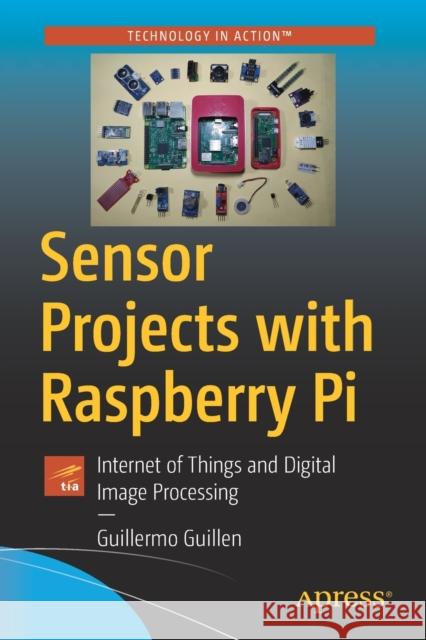Sensor Projects with Raspberry Pi: Internet of Things and Digital Image Processing » książka
topmenu
Sensor Projects with Raspberry Pi: Internet of Things and Digital Image Processing
ISBN-13: 9781484252987 / Angielski / Miękka / 2019 / 157 str.
Kategorie:
Kategorie BISAC:
Wydawca:
Apress
Język:
Angielski
ISBN-13:
9781484252987
Rok wydania:
2019
Ilość stron:
157
Waga:
0.25 kg
Wymiary:
23.39 x 15.6 x 0.97
Oprawa:
Miękka
Wolumenów:
01
Dodatkowe informacje:
Wydanie ilustrowane











